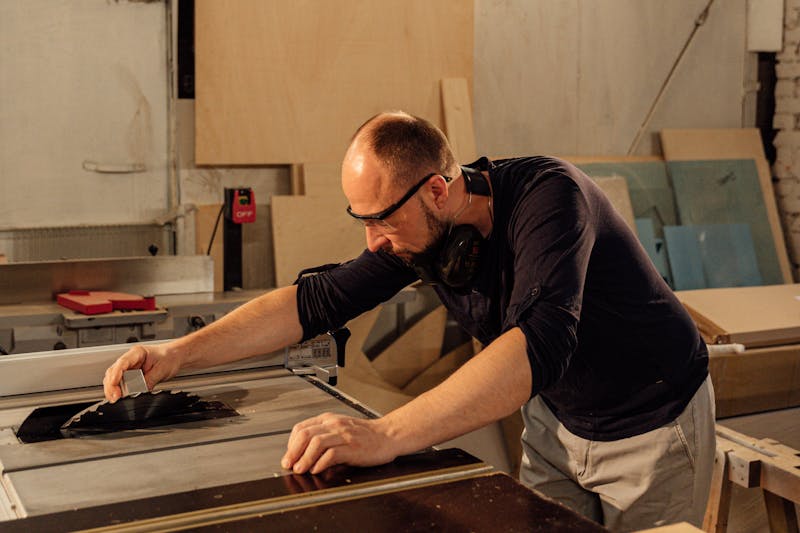Are you fascinated by how the centuries-old trade of woodworking has managed to carve out a place for itself amidst the hustle and bustle of the digital age? Have you noticed the captivating juxtaposition of hand-hewn designs alongside the jarring precision of mechanized creations in today's woodworking industry? If you're intrigued about how exactly these worlds of tradition and technology have intertwined, then step into our journey as we delve into the evolution and impact of modern woodworking machines.
This blog post aims to offer illuminating insights into the transition from manual to mechanized woodworking processes, examine the industrial revolution's role in the modernization of this age-old craft, and appreciate the contemporary woodworking machines reshaping the industry's future. Will the finesse and soul of handmade creations be lost to the increasing reliance on mechanized tools? Or are these machines challenging the notions of craftsmanship by pushing the boundaries of innovation and efficiency?
Beginnings of Woodworking: Humbled Hands
The story of woodworking starts thousands of years ago when human creativity flowered amidst the advent of tool use. The bow drill, hand axe, and other crude tools became the extensions of a craftsperson’s imagination. In this age of manual tools, precision was valued, but it was the character imprinted by the craftsperson's hand that truly defined masterpieces.
Industrialisation: The Mechanisation of Mystique
The Industrial Revolution, marked by steam power's introduction, brought dramatic changes. The woodworking industry was not exempt. Awash in the revolution's tide, woodworking was forced into a newfound, tech-centric orientation. The mechanization condensed hours of labor into mere minutes, thereby quickening production rates and widening the craft's scope.
 |
| Woodworking Machines |
Impact on the Craft: Speed vs. Spirit
The lightning-speed production and unprecedented precision offered by woodwork machinery have their allure. Nevertheless, concerns loom around the potential loss of craft's idiosyncratic spirit and artistry. Does the convenience and speed come at the cost of losing the soul in the timber grains? Or does it unlock avenues previously unavailable to artisans?
Modern Machines: Today's Titans of Turnery
From CNC routers and laser cutters to 3D printers, integrative software, and AI algorithms, the woodworking scene has evolved into a tech-driven landscape. Today, cutting-edge tools take care of intricate designs, precise measurements, and error-free execution with an accuracy and speed that would leave our ancient ancestors astounded.
The Resurgence of Handmade: The Yin to Mechanization's Yang
In recent years, a resurgence wave for handmade products signifies a renewed appreciation for the age-old woodworking methods. The marriage of digital and analogue in recent creations is a testament to the sustainable interplay of tradition and modernity in woodworking.
Looking to the Future: Tech and Tradition in Tandem
As we look to the future, the evolution of woodworking seems poised on a teetering board between further mechanization and a return to traditional practices. Are we likely to see greater fusion of these elements or will we lean more profoundly towards one end?
Conclusion
In wrapping up, there's an undeniable enthrallment about how the chisel’s charm has been adapted, transformed, and enhanced by the mechanized prowess of modern woodworking machines. The impact of this evolution has created a fascinating shift in the industry, with speed and precision playing with, against, and alongside the traditional soul infused in each timber grain.
Moreover, the seeming dichotomy of handmade versus machines presents not just a contrast, but a harmony. It offers us a mirror to appreciate the masterful blend of creativity and practicality, tradition and tech as it has unfolded in the woodworking scene. Thus, onto the future, the charm of woodworking rests in its capacity to harmoniously merge the spirit of a venerable past with the dynamism of present-day tech-driven innovations.











No comments:
Post a Comment